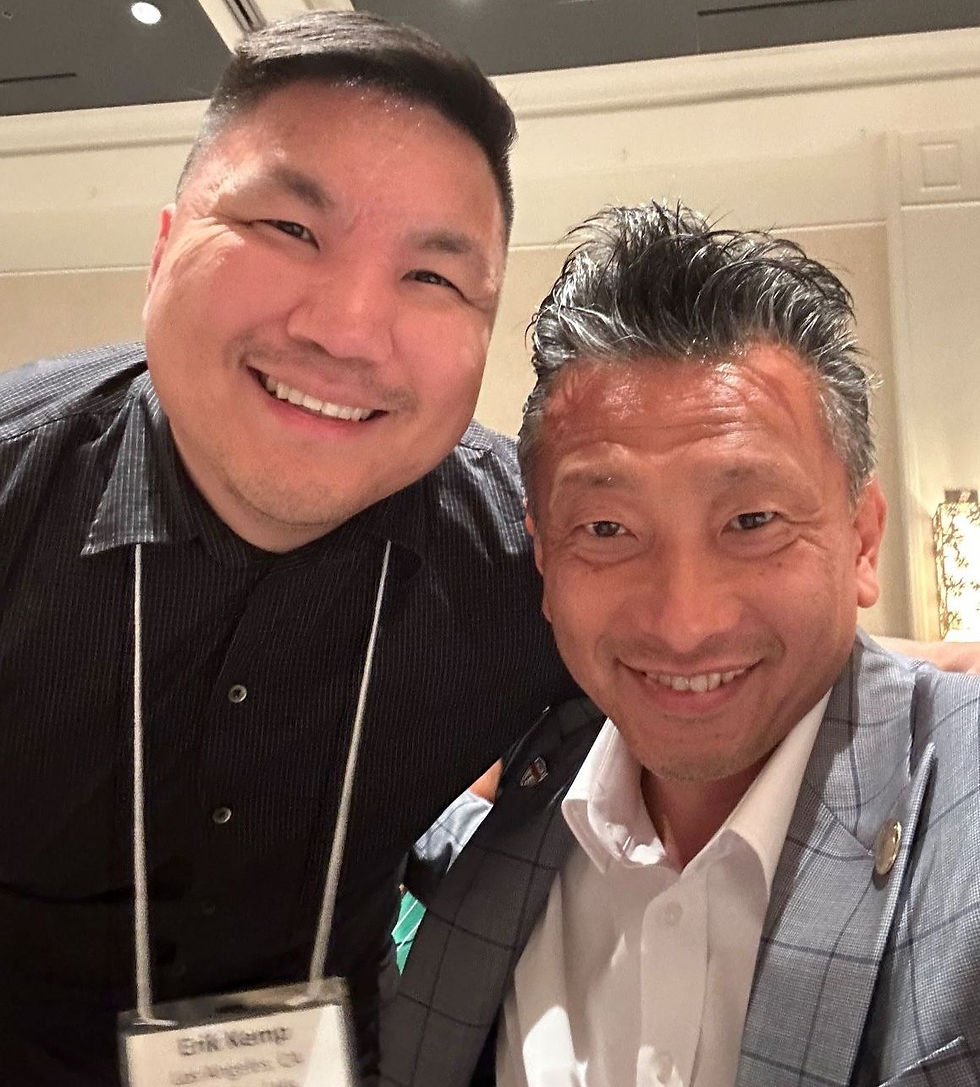The Most Surprising Thing I Learned While Filming the Side by Side Project
- KAAN
- Nov 23, 2020
- 4 min read
by Glenn Morey

“As a child, I often dreamt about what I saw the night I was abandoned.”
“Mixed-race kids were seen as human refuse, a scourge on their culture.”
“I was in the orphanage for the undesirable children. I was not adoptable.”
“Our extended relatives made it clear. My sister and I were “add-ons.”
“Growing up, my brother and I felt like we were on display, in a funny way.”
“My mom’s comment to me was, “You should be dating your own kind.”
“It made me embarrassed, that I had to explain my existence to other people.”
“I never really discussed racism with my parents. I didn't want to relive it.”
“My birth mother has remarried, and her husband can’t know that I exist.”
“That pain never goes away. I take my pain, and I put anger over it.”
“My mother thinks that I’m happy all the time, not how I have struggled.”
“A feeling of detachment, and an inability to connect with anybody.”
“I think that’s why God gave me my daughter, so I wouldn't be alone.”
“As of today, I do not know who is telling the truth, and who is not.”
“I’ll embrace the sorrow I still feel, and one day I will heal and forgive.”
As told to Glenn and Julie Morey
For the Side by Side Project
From 2014 to 2015, my wife and I interviewed Korean adoptees in six countries around the world — Sweden, Denmark, the Netherlands, France, Australia, and the U.S — 89 out of the 100 interviews for the Side by Side project.
When most people imagine interviews, they think about intense Q&A, like on 60 Minutes, where the journalist pursues a specific line of questioning.
That’s not the way the Side by Side project worked.
In fact, our approach was to not ask questions. A couple weeks before the filming, our participants prepared to talk about themselves as Korean adoptees, starting with their earliest memories or information, their adoption and growing up in their adoptive family and country, through their adulthood to the time of the filming.
I told them they’d have an hour. They could tell their story in whatever way they wanted to tell it. Include whatever they thought was important. The hour was theirs.
Most people did exactly that. They spoke, unprompted and unassisted, for 30 to 60 minutes. They told their stories, according to their own account, with more detail and honest feeling than they had ever shared with anyone, including friends, family, and partners. They revealed, in many cases, memories and experiences for the first time, connecting dots they’d never connected before.
I am often asked what I learned. In particular, what surprised me?
I know the answer. But I always find that I’m a little nervous to give it, because the answer is hard. So here it is:
In nearly every adoptee I talked to, I heard a surprising amount of pain associated with their adoption memories and experiences.
This was almost across the board. The circumstances of their upbringing didn’t matter. The nature of their relationships didn’t matter. The challenges they’ve faced didn’t matter. Their success in education, career, and money didn’t matter. Eventually, nearly everyone expressed emotional pain, as part of telling their story as Korean adoptees.
This surprised me. Not because I am the exception, or because pain isn’t part of my adoption experience. It is.
It surprised me because I had somehow bought into the notion that pain was only for adoptees who had deeply negative experiences. This, of course, makes no sense. But it took filming Side by Side for me to fully accept my own negative experiences, my own pain, my own anger.
Even now, it is hard for me to write that last sentence. It’s hard, as someone who, as a child, was subtly conditioned to be only grateful for my adoption. It’s hard, as an American man, who is supposed to hide weakness, and to rise above pain. It’s hard, as an adoptee, who never wants to be perceived as less-than in any way.
This is, without question, the most personal thing I’ve ever shared in writing about Side by Side. If I could show this to myself even just ten years ago, it would very much surprise me.
This shared struggle is why I now feel so connected to the Korean adoptee community, and to the inter-country, transracial adoptee community at large. No matter the specifics of our histories, experiences, and circumstances. No matter if our adoption was “good” or “bad.”
The novelist, Alice Walker (The Color Purple), says, “In great pain, there is often a gift.” There is much truth there for me.
When I was finally able to acknowledge my own pain, my gift was this community. My gift was every one of you. And every one of your stories.

Side by Side has now been adapted as an Audible Original, Given Away.
Glenn Morey is producer and co-director of the Side by Side Project—now a NY Times Op Doc (also on YouTube), film festival award-winner, and a 12-screen video art installation with exhibitions in Seoul and New York City. He has been featured on NPR’s Morning Edition and All Things Considered. Glenn was adopted as an infant from Seoul to Colorado, and has enjoyed a 40-year career in filmmaking, advertising, branding, and media. sidebysideproject.com
Contact gm@glennmorey.com




I am very moved by this, Glen. Thank you so much this heartfelt, candid reflection. I continue to be inspired by, and learn so much from, fellow Korean Adoptees like you, and I resonate deeply with your sentiment that, despite the pain of being a transracial adoptee, the Korean Adoptee community has been a true gift. Yes, indeed.